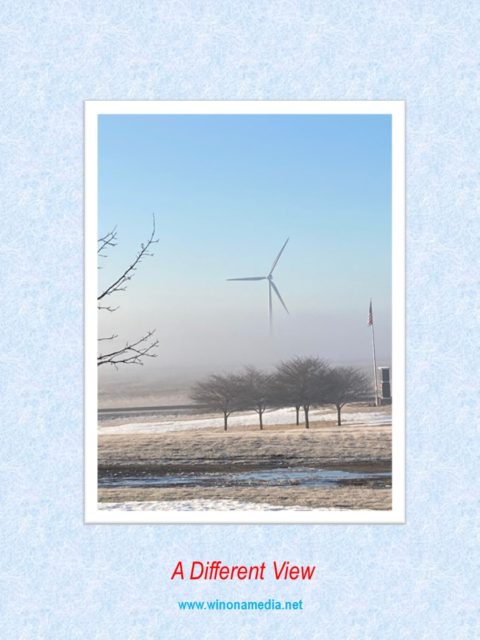
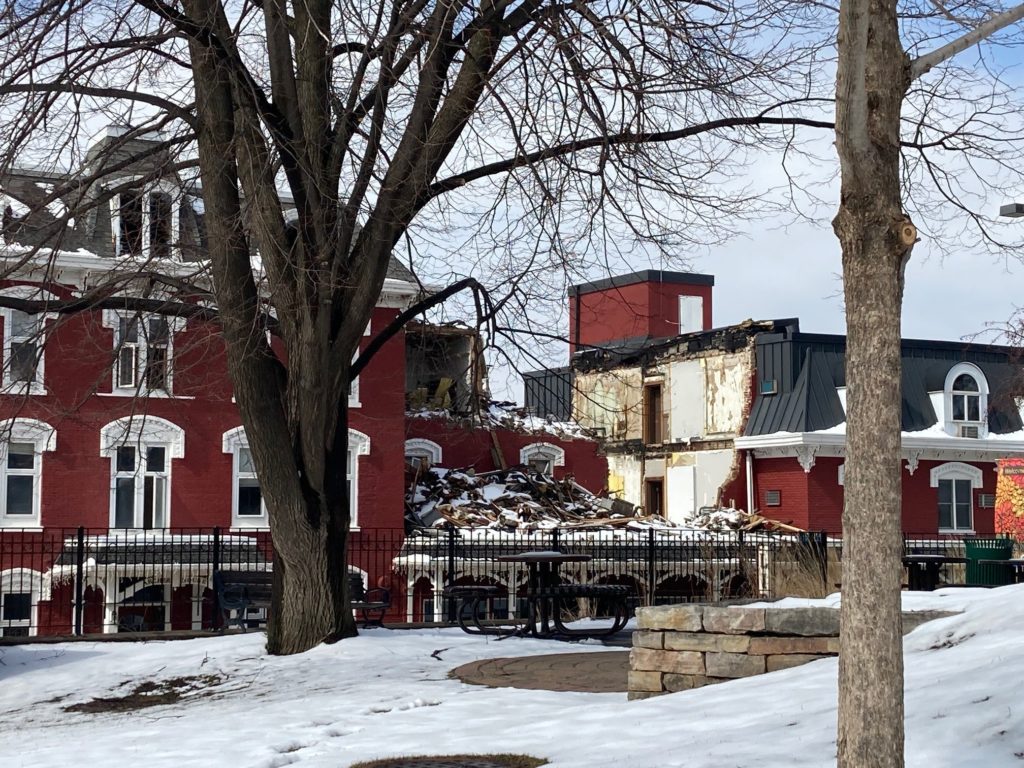
Recent View of The Archer House–It burned on November 13, 2020, and is slowly settling into the ashes of its own history, perhaps preparing to rise, phoenix-like.



Recent View of The Archer House–It burned on November 13, 2020, and is slowly settling into the ashes of its own history, perhaps preparing to rise, phoenix-like.
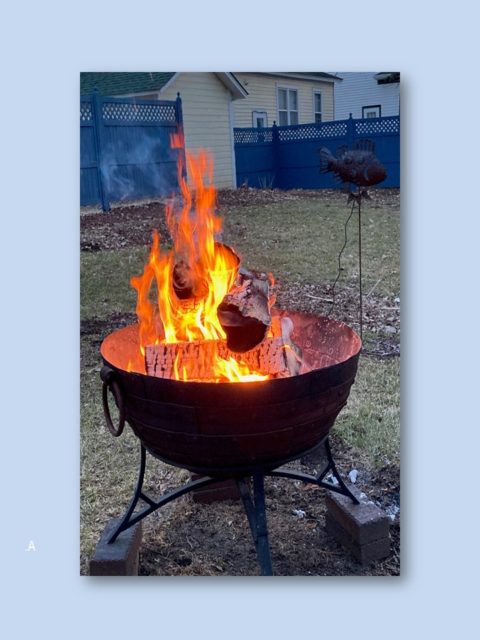
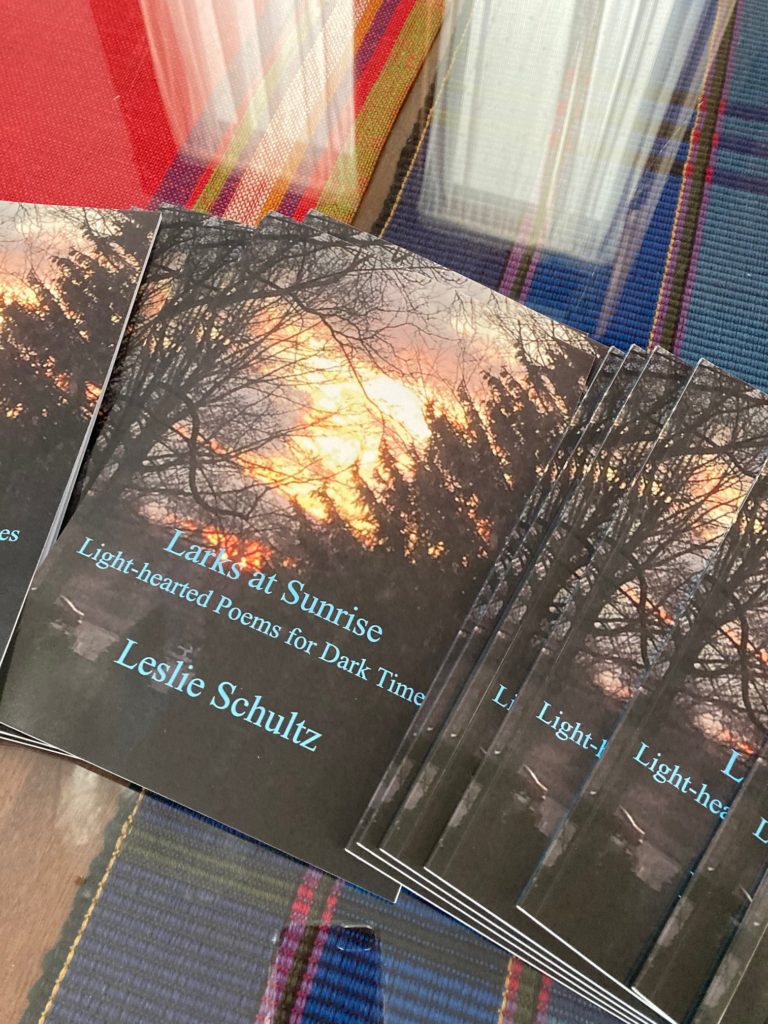
Today, a package arrived on our front porch, a bit early. I had been expecting it next week. It contained copies of my newest collection, the cover an image I took one dawn on the same porch.

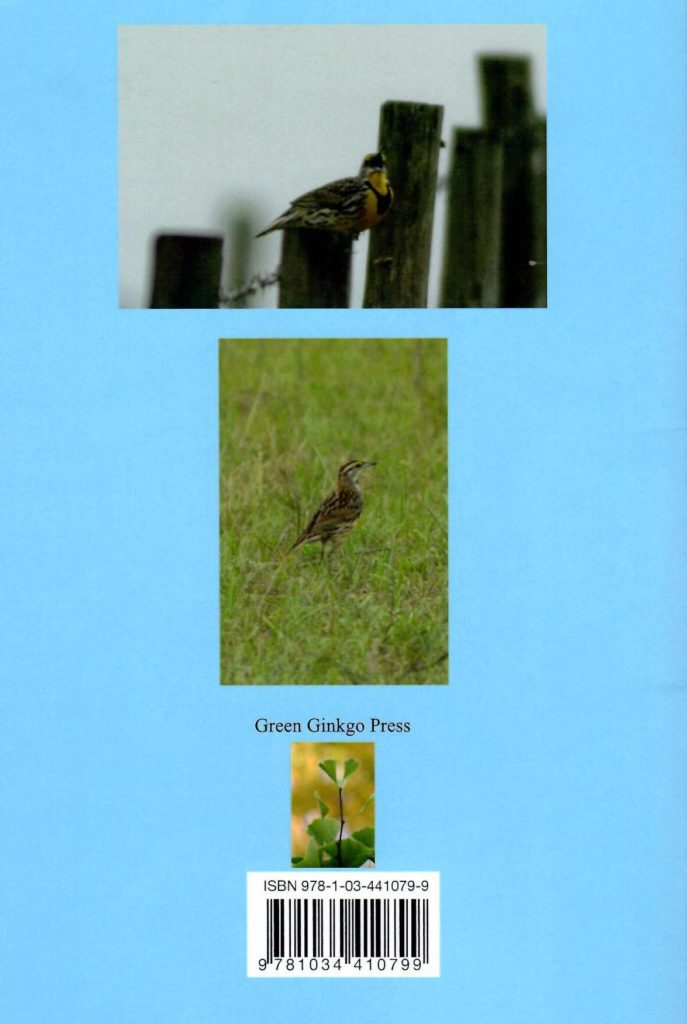
Never heard of Green Ginkgo Press? Neither has anybody else, except for those living under our roof (the press’s, ahem, “galactic headquarters.”)
The poems in Larks at Sunrise: Light-hearted Poems for Dark Times have been written over many years, here and there. A few have found their way into journals, but not so many. Partly that is because I tend not to send them out, and partly, I think, because they just don’t fit the aesthetic of many journals. Similarly, only a couple here have seemed to make sense in the book collections I have put together. And yet, when I have shared them over the years privately, others have enjoyed them, even (perhaps especially) those of my acquaintance for whom poetry does not occupy a central place on their own reading and writing radar.
Late last year, during this seemingly interminable time of isolation and pandemic, I got the idea to create a chapbook of humorous poems–light-hearted poems–that might appeal not only to my core of friends but to some people they know who need a chuckle. And so this mss. was born. First, I rounded up likely poems, did my best to order them, and asked a small group of beta readers to look hard at what I had with a goal of culling the ones that didn’t quite work. (Enormous thanks, here, to Tim, Julia, Karla, Beth, and Liz!)
Having a strong feeling that it would not be quite right for her, I then shared the manuscript with my established publisher. My intuition confirmed, I thought briefly about other avenues, including chapbook competitions. This little collection though didn’t seem like a good candidate for such contests; it is not trendy or edgy enough to appeal to the guest judges, I reasoned. Further, I simply did not want to delay its publication. Having published my first chapbook, Living Room, in 1981, and then spending decades writing the poems and shaping manuscript after manuscript before publishing my first full-length collection, Still Life with Poppies: Elegies, in 2016, I knew how long the process can take. Moreover, I have this oddest and strong conviction that it needs to be in the world, and now, not in three or four years–or three or four decades–or posthumously–or never!

So, I took the not-unexpected rejection in stride, decided to be calm and chose to create a little press of my own: Green Ginkgo Press. It helped that I have had a small amount of experience with this. In 2000, a friend and I created a press to publish materials on labyrinths. (I have done some posts on this on my blog. Her name is Marilyn Larson. She is a visual artist with a specialty in labyrinths. Our second title is still in print!)
And, maybe eight years ago, as a homeschooling mom of a classical Greek-loving daughter, we had a family adventure with a book Julia felt needed to be in the world–a coloring book called Alpha Beta to help young children learn the Greek letters. Julia had wanted to study Classical Greek since falling in love with D’Aulaire’s Book of Greek Myths as a pre-schooler. When she was in middle school, an understanding classics professor helped us find college student classics majors to serve as tutors. Julia was convinced that Latin was more popular (!) with young students because of the wealth of available materials, and that the different alphabet was the stumbling block. I couldn’t fault her analysis, but I did get a bit weary of hearing “They should have a coloring book for young kids.” I am sure you can imagine the back and forth–“Who is this ‘they’ of whom you speak? Well, if it is such a good idea, why don’t you create this book?”
So, knowing it could be done, and, after considering the options, I decided to use the printing company, Blurb, which had good reviews and reasonable prices. The software they offer, Bookwright, was a bit futzy to work with. At least for me, the learning curve was steeper than I was expecting. Thank goodness Tim has more confidence than I do. Fulfillment also took weeks longer than I expected, to receive the paper proof copy, due, in part, I understand, to the icy storms in Texas where the printing was done. On the other hand, the copies I ordered arrived in just a few days.
While the layout is still a tad seamy, I love the final result. I am glad to give these scattered and ephemeral poems a place to roost together, and thrilled that my sister, Karla, allowed me to use her images of larks on the back cover. Here is a peek inside:

You might recognize some of these, as a couple have been included in other collections, and some have been published on Winona Media because they were composed for the National Poetry Writing Month challenge in recent years. If you would like a copy of Larks at Sunrise: Light-hearted Poems for Dark Times, let me know (winonapoet@gmail.com) I will send you a copy ($20.00 which includes shipping).
Wishing you fair skies and wind in your sails, wherever your day takes you!
LESLIE
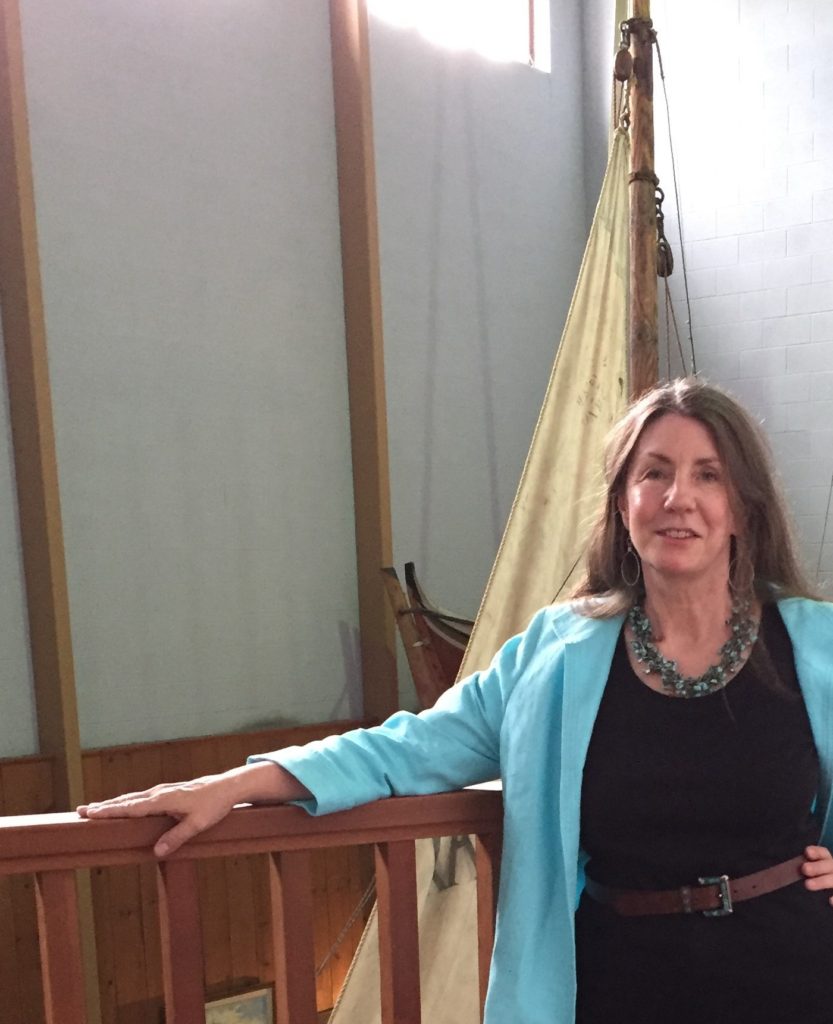
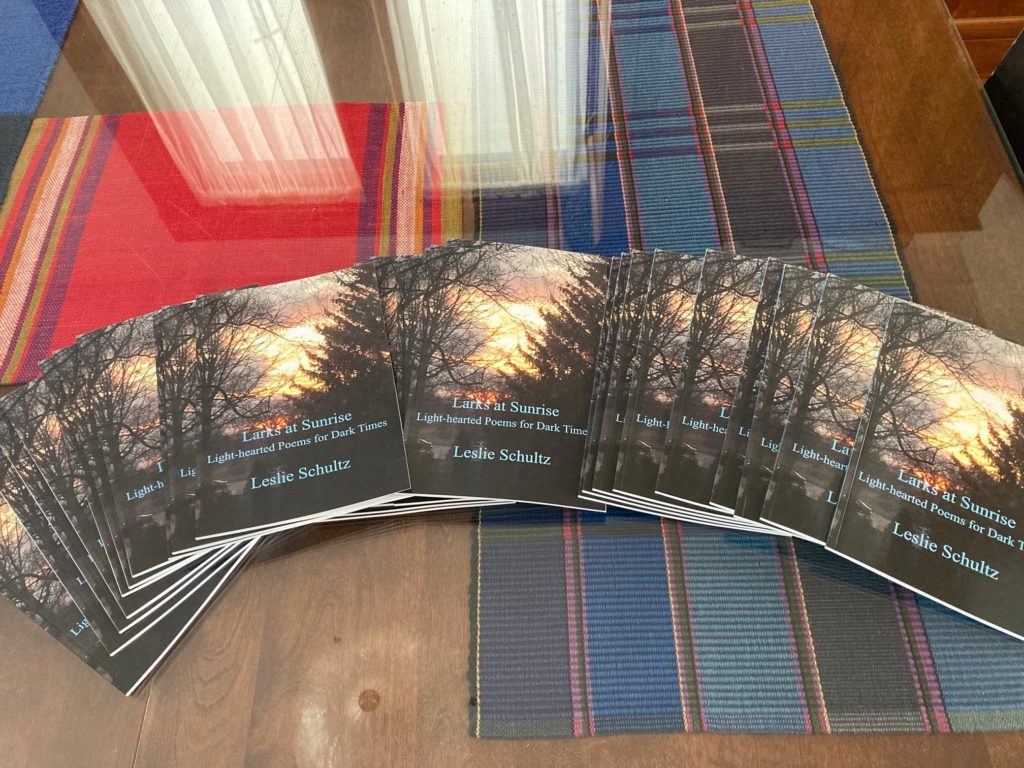
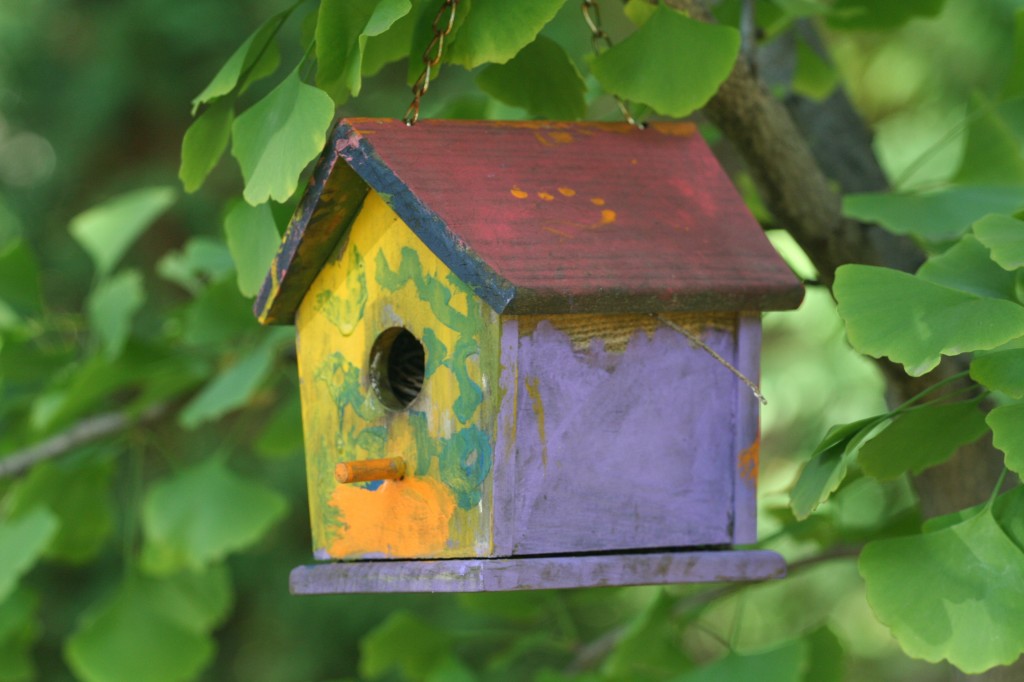

The celebration of International Women’s Day is a forward-thinking, progressive recognition of the power and value of women in all spheres of society–domestic and public. This year, the theme is asking women and men to “Choose to Challenge” gender bias and stereotypes whenever and wherever they are encountered.
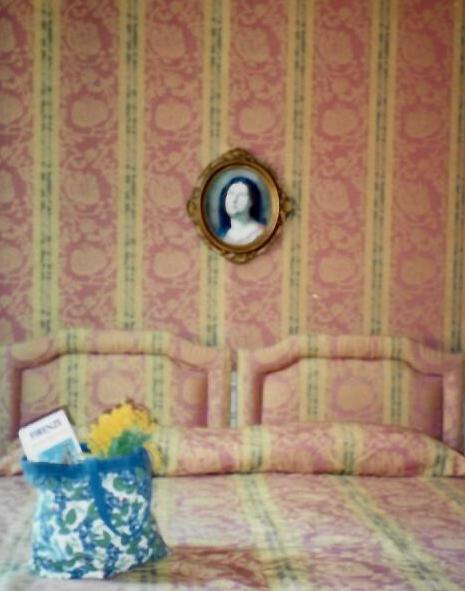
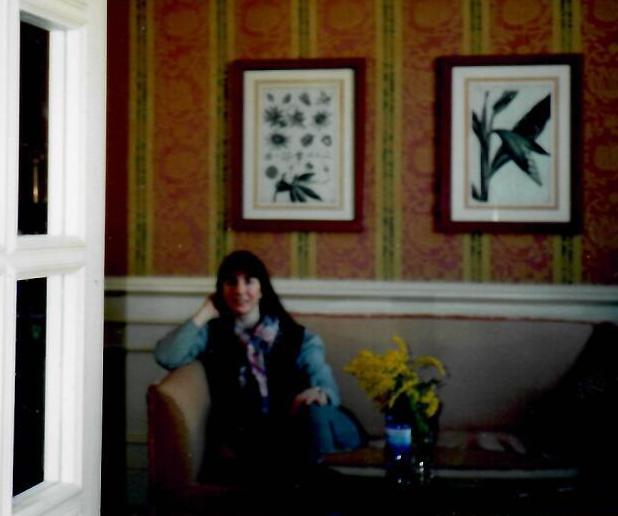
Springing from the feminists (also called suffragettes–who sought voting rights, better pay, and shorter working hours–sound familiar?) of the United States, who organized a National Women’s Day in 1908, the first International Women’s Day was celebrated in 1911, the same month that the infamous Triangle Shirtwaist Factory Fire killed 140 women working in sub-standard and unsafe conditions. That legacy resonates with me. I work with textiles almost every day, and when I do I think am grateful that I do this out of choice. When I (rarely) buy new clothes, I try to understand the conditions under which they are made, to choose to support collectives like Novica and A Cultural Cloth that help artists (mostly women) who then build up their homes and home communities.
Now both a grassroots celebration in dozens of countries and a celebration under the aegis of the United Nations, International Women’s Day is, each March 8, an occasion for honoring the collective accomplishments of generations of women and a reminder that our vigilance, valor, and voices are needed to prevent erosion of modern gains and to extend protections at home and abroad, thinking and acting locally and globally.
Until I was in my late twenties, I was unaware of this annual celebration. Then, in early March of 1987, Tim and I took a trip to Italy. We drove to Florence from Nice on March 8, a cool and sunny Saturday. After checking into our hotel, the Helvetia & Bristol in the heart of the city, we set out on foot to explore. It was a memorable day soaking up history, arts, monuments, and vistas, tasting the incomparable Tuscan cuisine, and hearing Italian phrases and even songs float on the early spring air all around us. One highlight was, at first, a complete mystery. Men handed me small sprigs of mimosa. Everywhere we looked, women had were carrying these bright yellow blossoms or wearing them pinned on their lapels.
Why?
As a visible, tangible, and fragrant way to mark International Women’s Day. On March 8, 1987, it was those small gifts of ephemeral flowers that caught our attention. Not long after, however, Tim and I began to learn about the importance of women’s education, of how it catalyzes progress in communities, as well as in individual lives. Since then, we have been grateful to be able to support the education of two young girls (now women) whom we never met directly, one in Ethiopia, one in Tanzania, one through an organization headquartered in Minnesota, Operation Bookstrap Africa, and the other through the auspices of the Christian Children’s Fund. I know that you, too, have made these kinds of life-changing gifts, and I think today is a fitting day to be glad for the ways we have been able to help other people through our lives and our gifts.
Some years back, a friend gifted me with these fabulous socks.
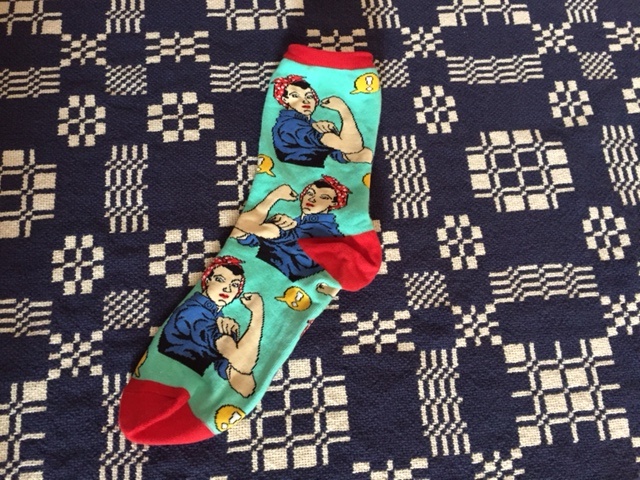
Fittingly, the last time I visited with my twenty-something daughter, whose passions for healing the planet and addressing food insecurity inspire Tim and me every day, she was the one wearing the socks.
Today, I renew my commitment to honor and support the contributions of other women and men in my own life, and especially to stand by my strong-minded, open-hearted daughter in all the choices she makes in work and life.
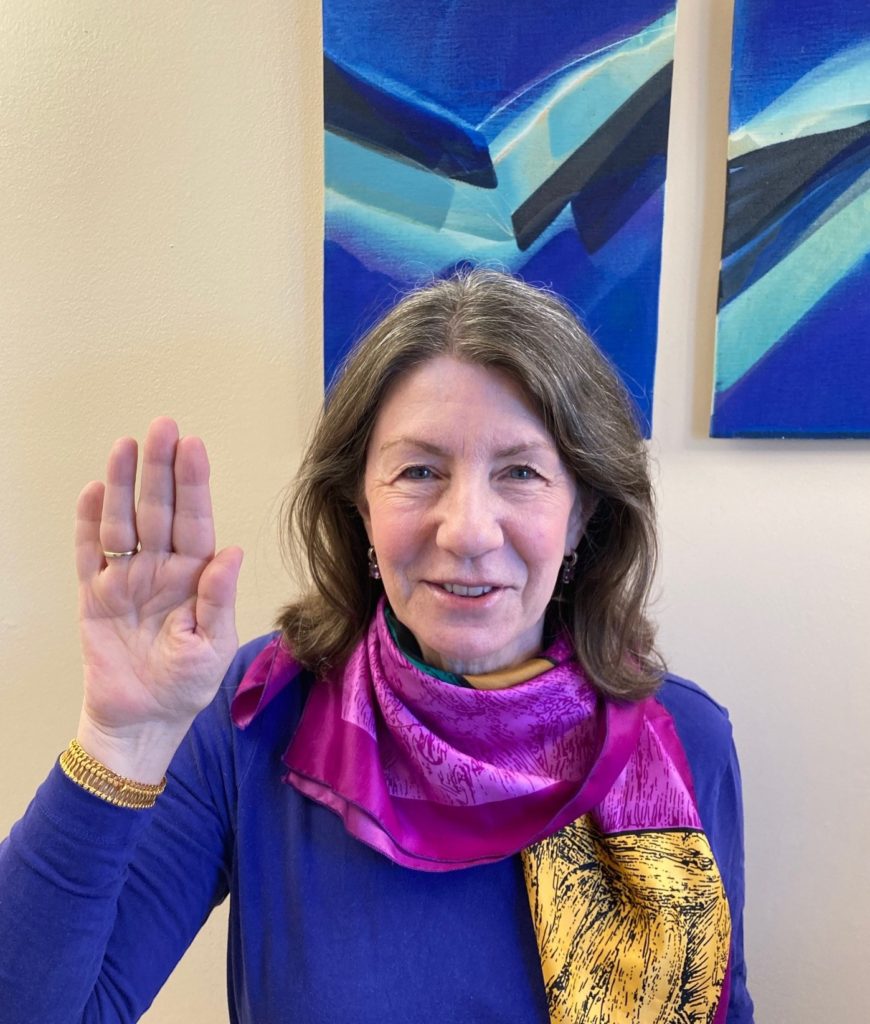
Thank you for reading this! LESLIE
